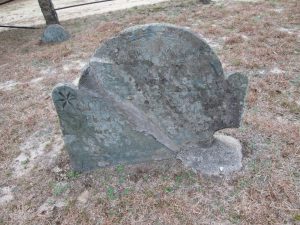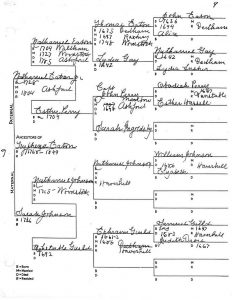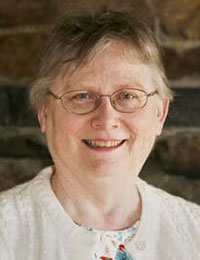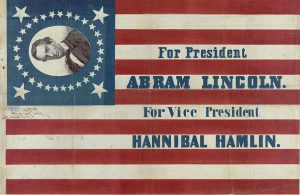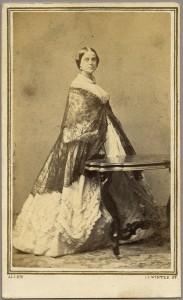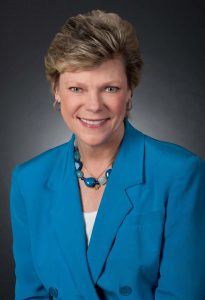
In a previous post – To catch a thief – I discussed the use of local clubs and societies in discovering information about ancestors. However, a recent acquisition led me to expand my search into religious records beyond the standard baptism, marriage, and burial records.
A few months ago, my mother received several photographs and documents that had been in my grandparents’ possession before they died. One afternoon, while going through everything, I came across a certificate for a John A. Hampe written in German. As I have several ancestors named John Hampe, and do not read German, I had no idea what this document could be. Continue reading Portrait from life
